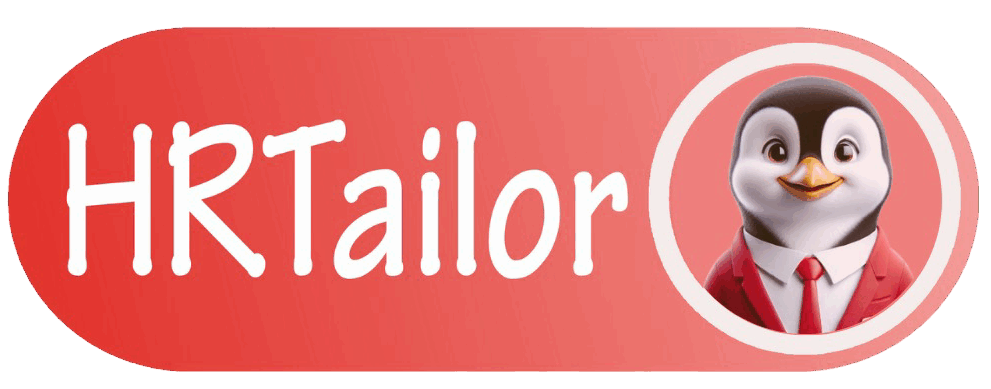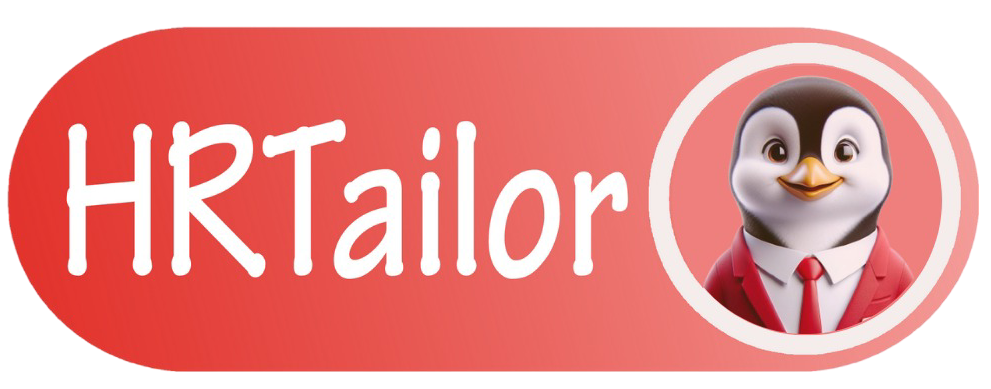
Talent Acquisition vs. Talent Management: How They Work Together for Business Growth
Businesses often talk about “hiring top talent” but forget that the real challenge starts after the hire. Getting the right people in the door is one part of the equation; keeping them engaged, growing, and committed is the other. This is where the distinction between talent acquisition and talent management becomes critical. Both terms are often used interchangeably, but they represent very different — yet deeply connected — strategies. Understanding how they work together is essential if your company wants to thrive in today’s competitive job market.
What Is Talent Acquisition?
Talent acquisition is the front-end process of building your workforce. It goes beyond traditional recruitment by focusing on long-term workforce planning.
Key elements of talent acquisition include:
Workforce Planning: Identifying future talent needs aligned with business goals.
Sourcing & Branding: Attracting candidates through employer branding, job postings, and outreach.
Assessment & Hiring: Evaluating candidates not just for skills but for long-term cultural fit.
Onboarding: Ensuring a smooth transition so new hires integrate effectively.
If you’re new to the concept, our blog on What is Talent Acquisition? Process, Meaning, and Examples provides a deeper breakdown.
What Is Talent Management?
While acquisition gets people in, talent management keeps them engaged and growing. It is the ongoing process of maximizing employee performance and retention.
Core areas of talent management include:
Performance Management → Continuous feedback and appraisal systems.
Learning & Development (L&D) → Training programs and career pathways.
Succession Planning → Preparing internal talent for future leadership roles.
Employee Engagement → Creating an environment where employees feel valued and motivated.
Talent Acquisition vs. Talent Management: Key Differences
Here’s a quick breakdown:
| Aspect | Talent Acquisition | Talent Management |
|---|---|---|
| Focus | Attracting & hiring new talent | Retaining & developing existing talent |
| Timeline | Short to medium term (filling roles) | Long-term (sustaining growth) |
| Goal | Fill skill gaps & build workforce capacity | Improve productivity & reduce attrition |
| Key Activities | Sourcing, recruiting, onboarding | Training, engagement, succession planning |
Why Businesses Need Both to Work Together
Here’s the reality: focusing only on one side creates gaps that cost money and growth opportunities.
A company that only invests in talent acquisition risks high turnover because employees feel neglected once hired.
A company that only invests in talent management may retain employees but will struggle to innovate if fresh talent isn’t continuously infused.
When aligned, these two functions create a cycle of growth:
Acquisition brings in fresh talent with new skills.
Management nurtures and grows them into long-term assets.
Strong retention reduces hiring costs and boosts employer branding, which in turn strengthens acquisition.
This synergy is what turns a good company into an industry leader.
Common Mistakes Companies Make
Treating acquisition and management as separate silos.
Failing to align talent goals with business strategy.
Neglecting employee experience post-hiring.
Over-focusing on short-term needs without building a sustainable talent pipeline.
How Companies Can Bridge the Gap
To ensure acquisition and management work in harmony, businesses can:
Build a unified HR strategy that connects hiring goals with retention strategies.
Invest in HR technology (like HRMS or integrated platforms) that track employees across their lifecycle.
Regularly review metrics such as attrition rates, cost per hire, and employee engagement scores.
Promote internal mobility, so employees see growth opportunities without leaving the organization.
For more insights, you can also check out our guide on Why Most HR Outsourcing Partnerships Fail (And How to Choose the Right Vendor) which highlights the importance of strategy alignment.
Conclusion
The debate isn’t about talent acquisition vs. talent management. The real question is: how well are you combining the two to drive sustainable growth? Companies that master this balance not only attract the best talent but also create a culture where employees thrive for years. At HRTailor, we help businesses align their hiring and retention strategies seamlessly. By bringing acquisition and management together under one framework, we ensure your workforce is not just growing in numbers but also in strength, skill, and loyalty.

